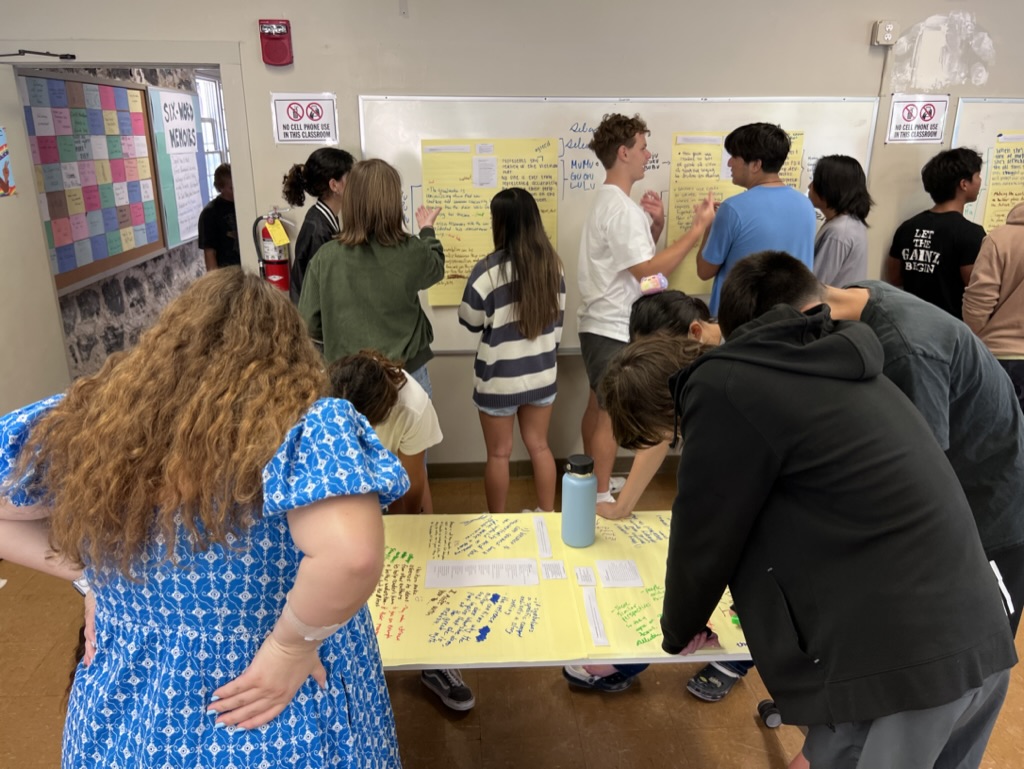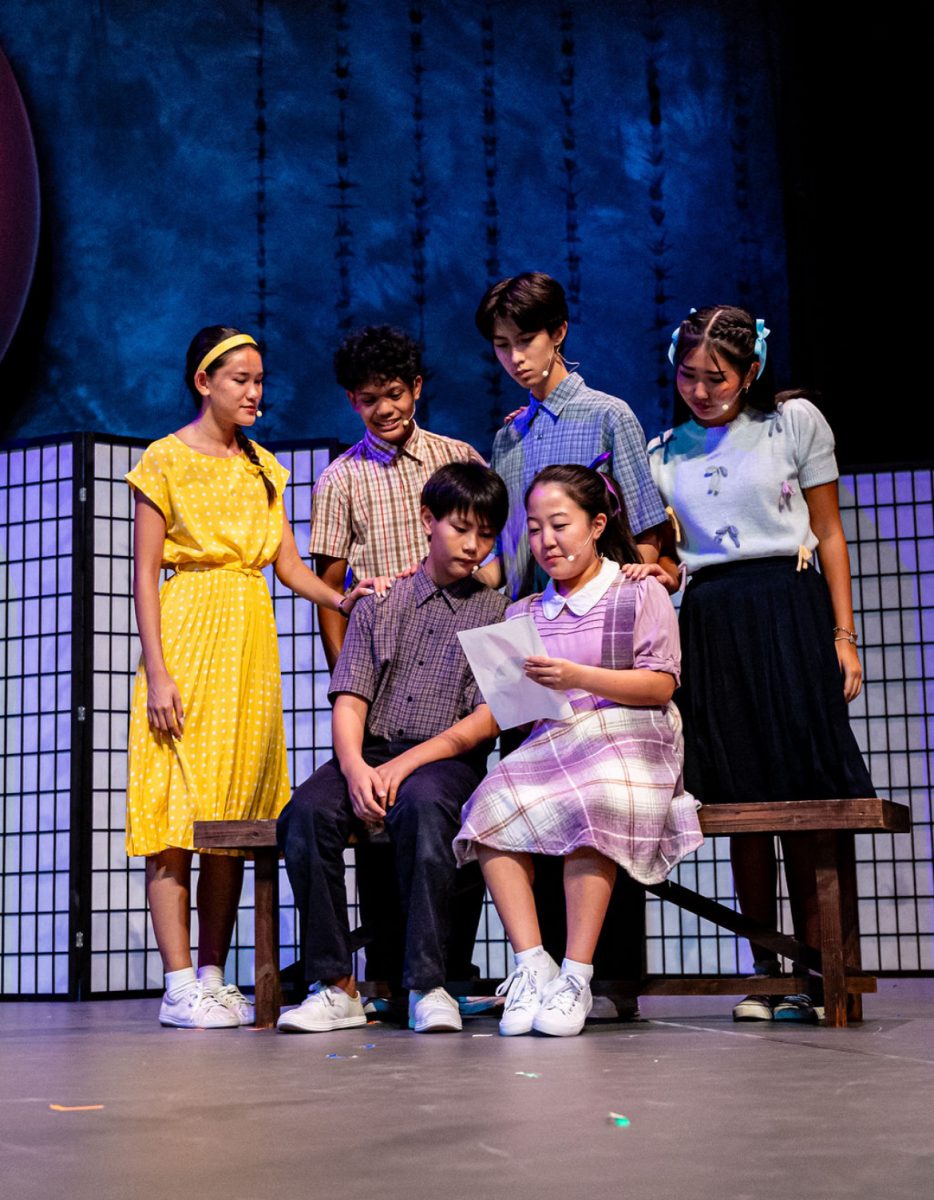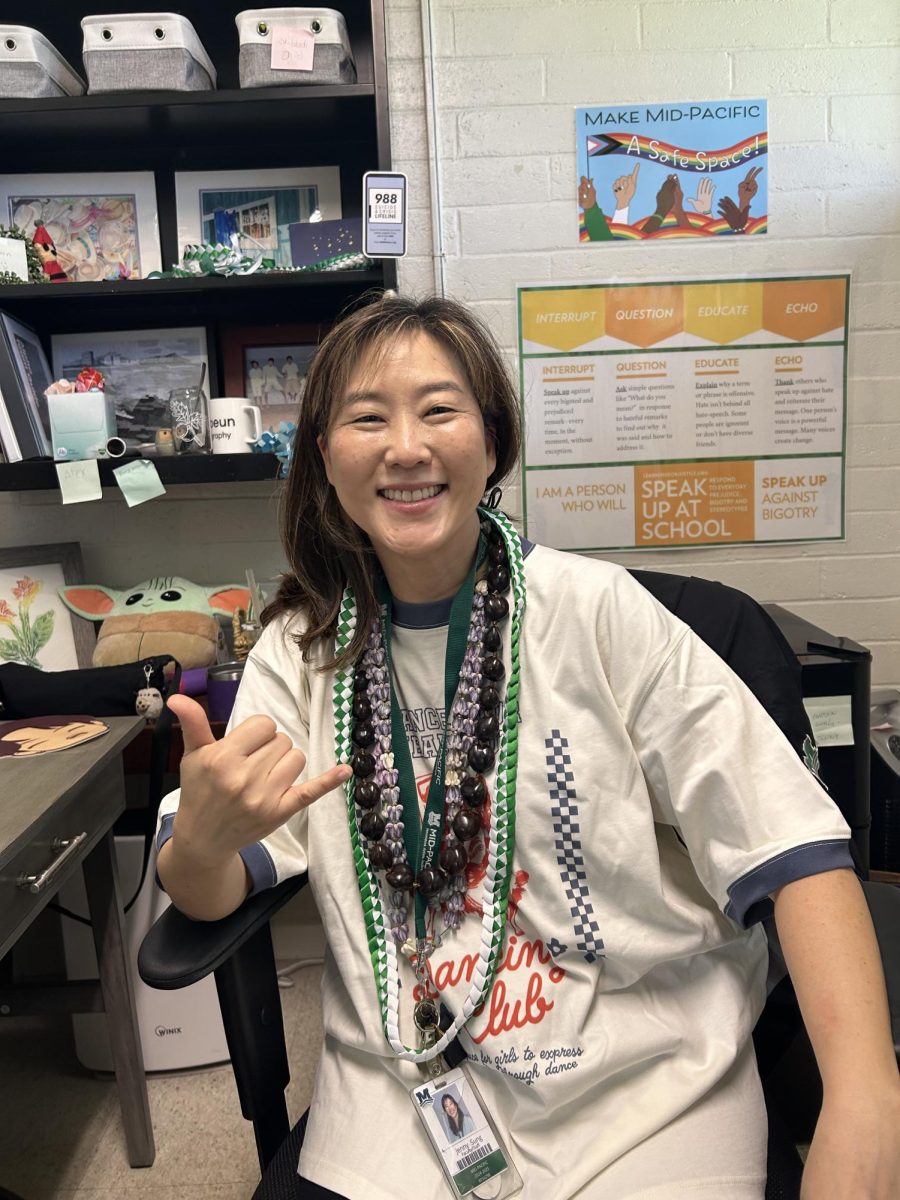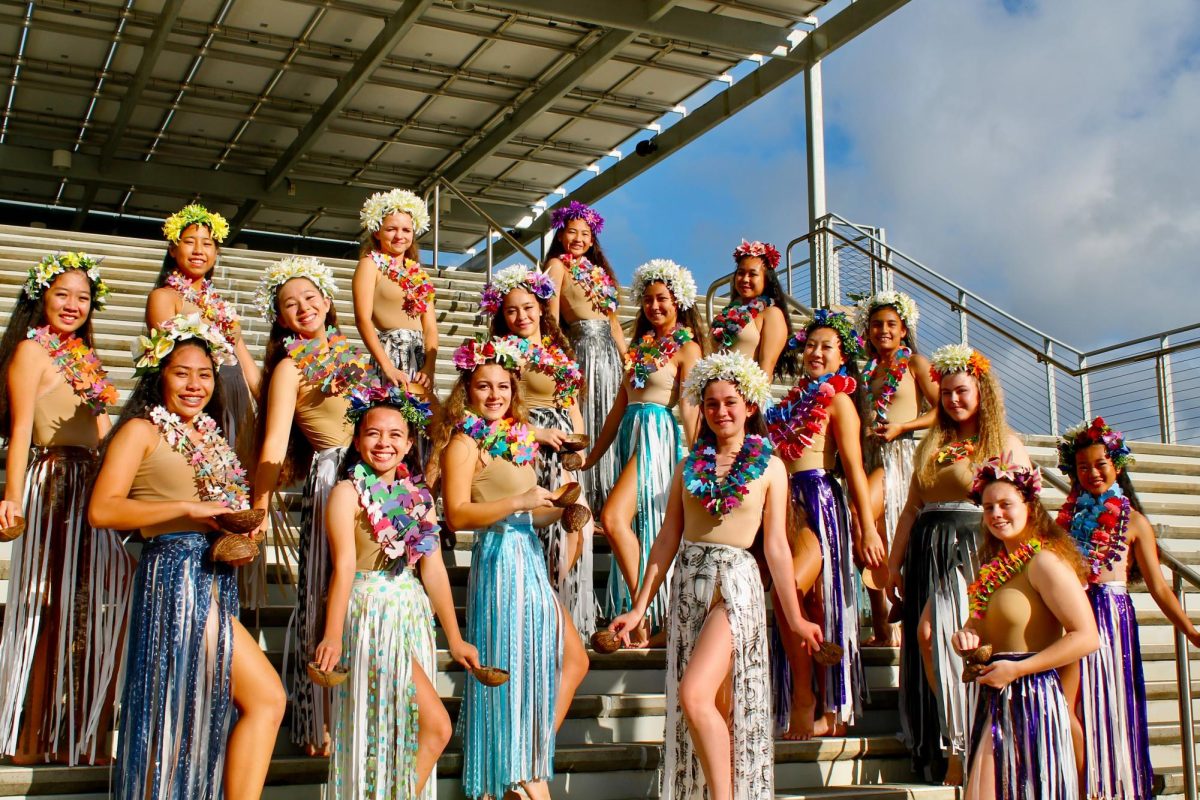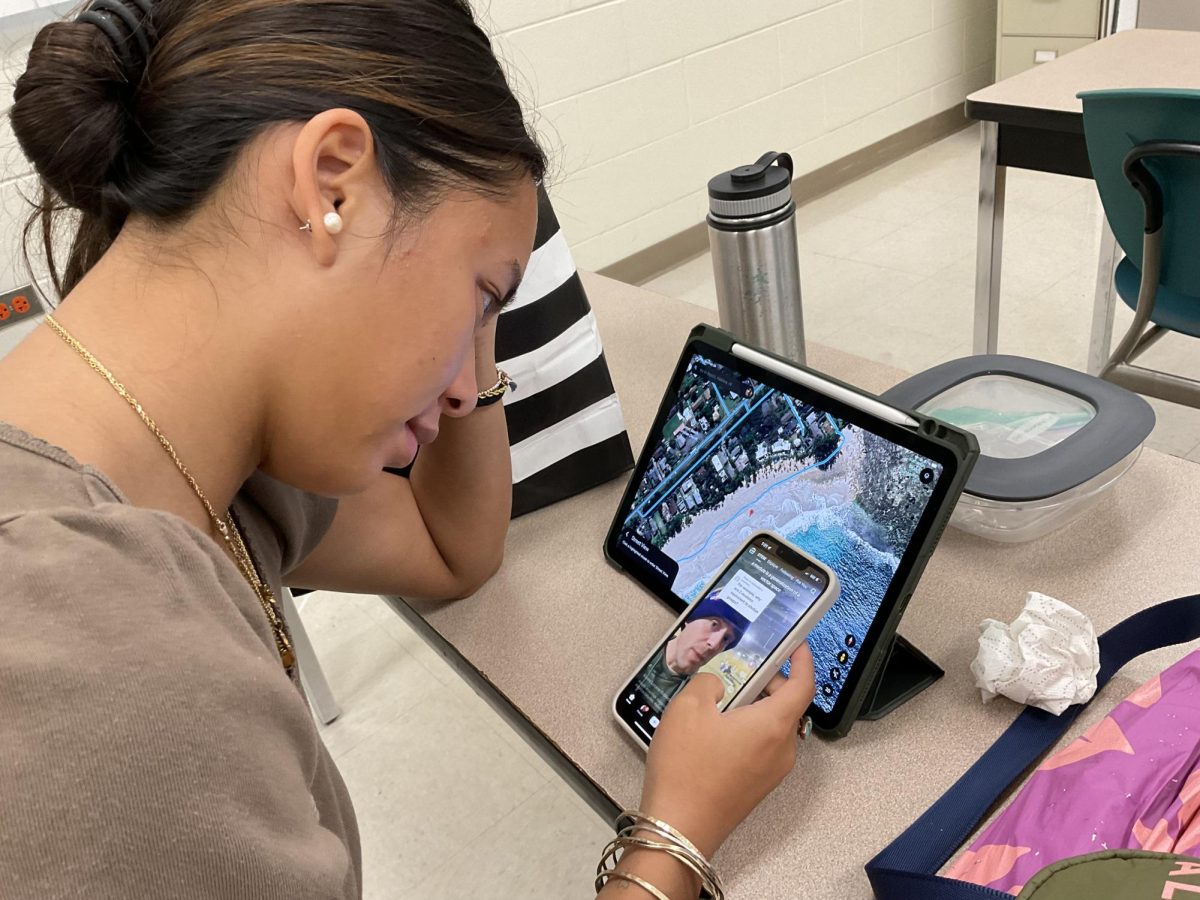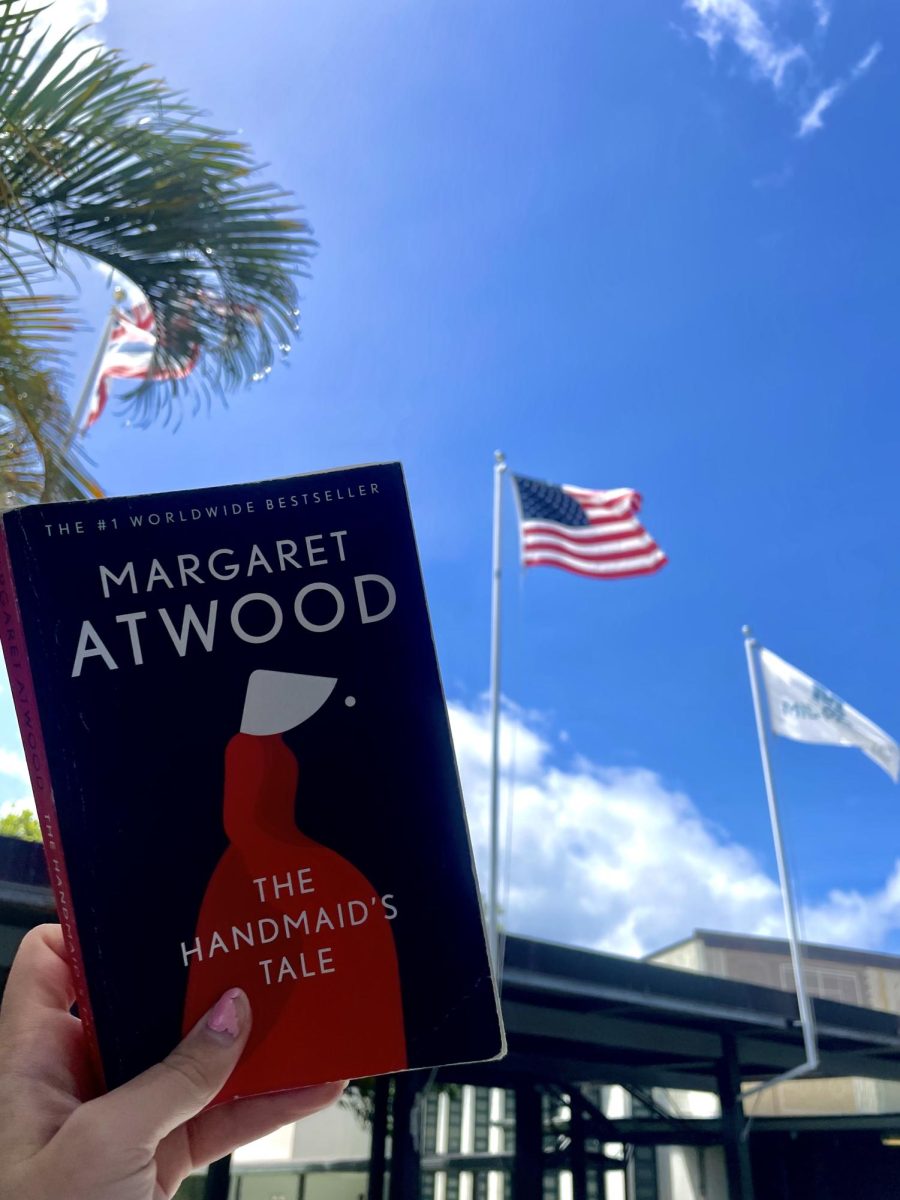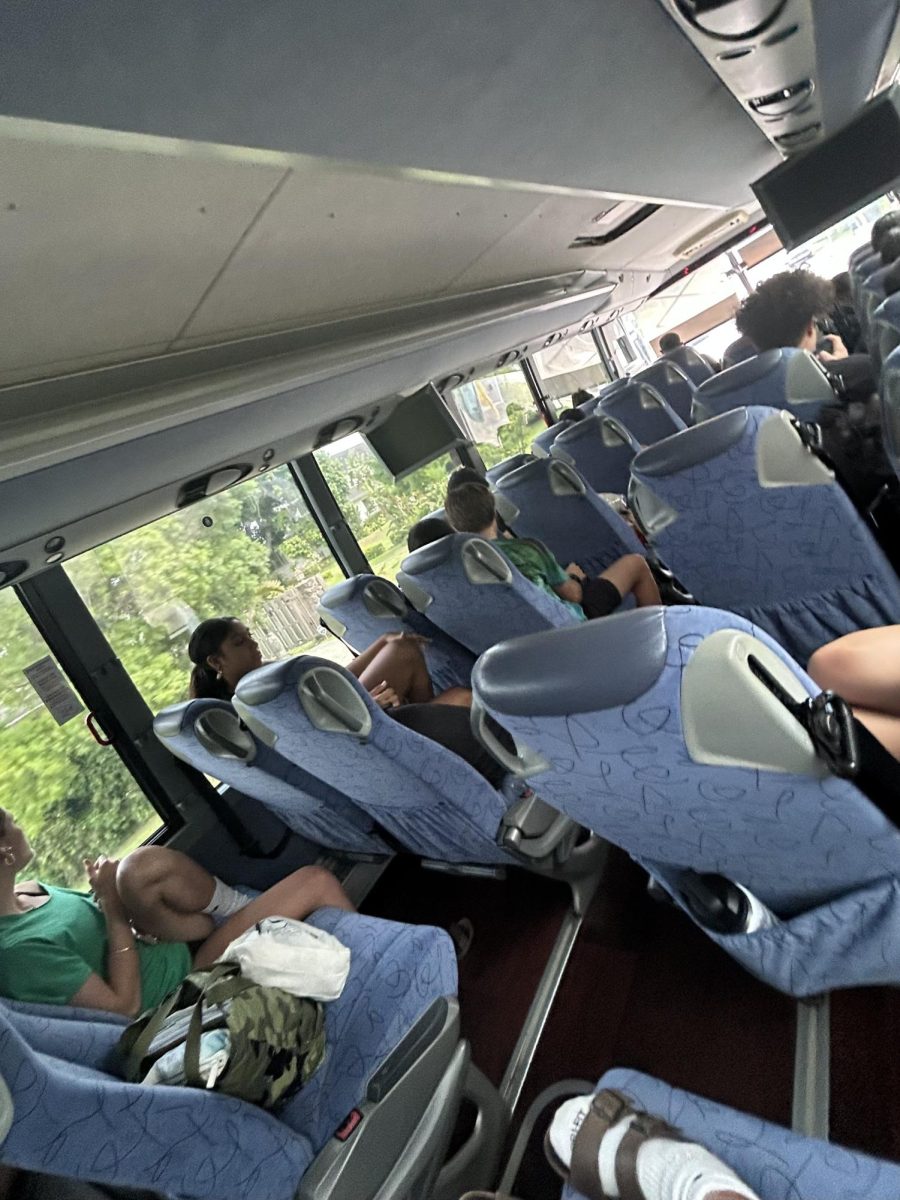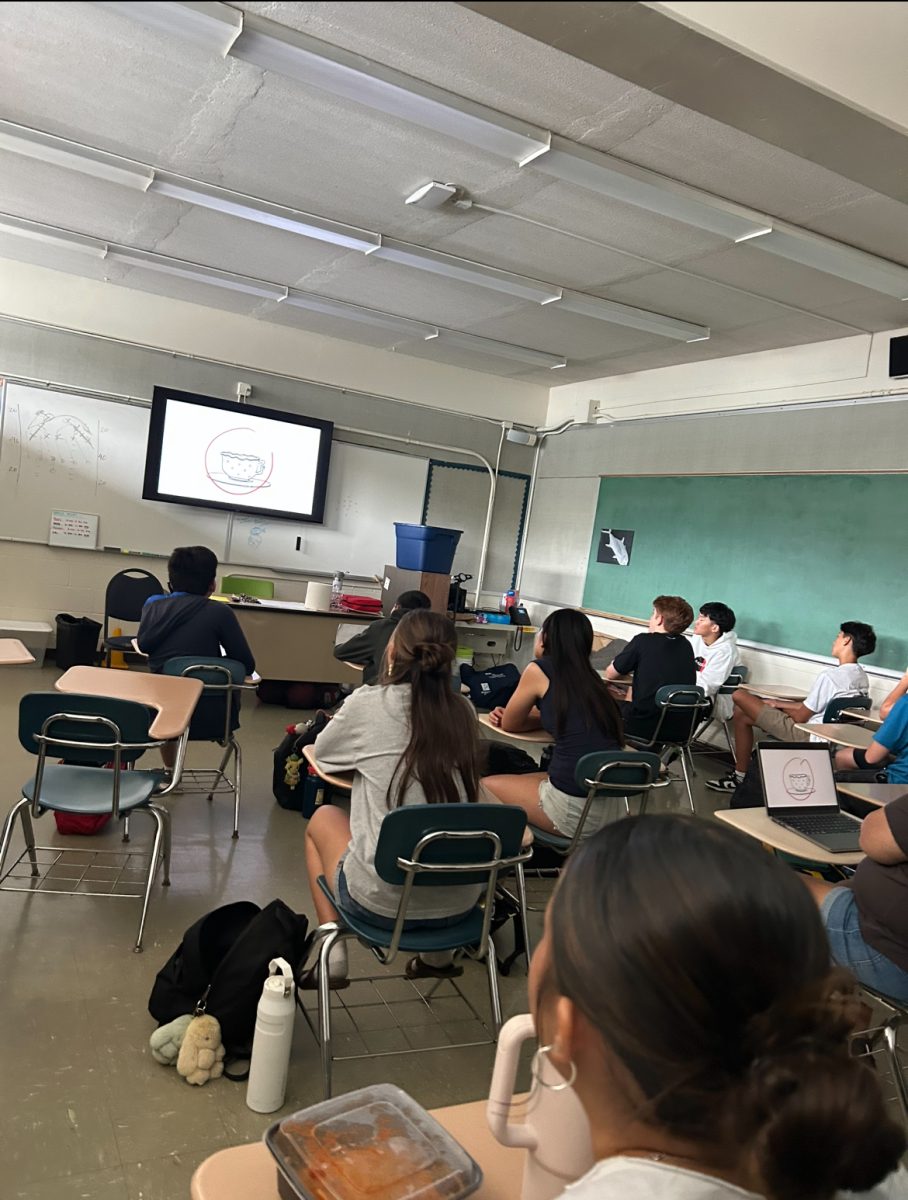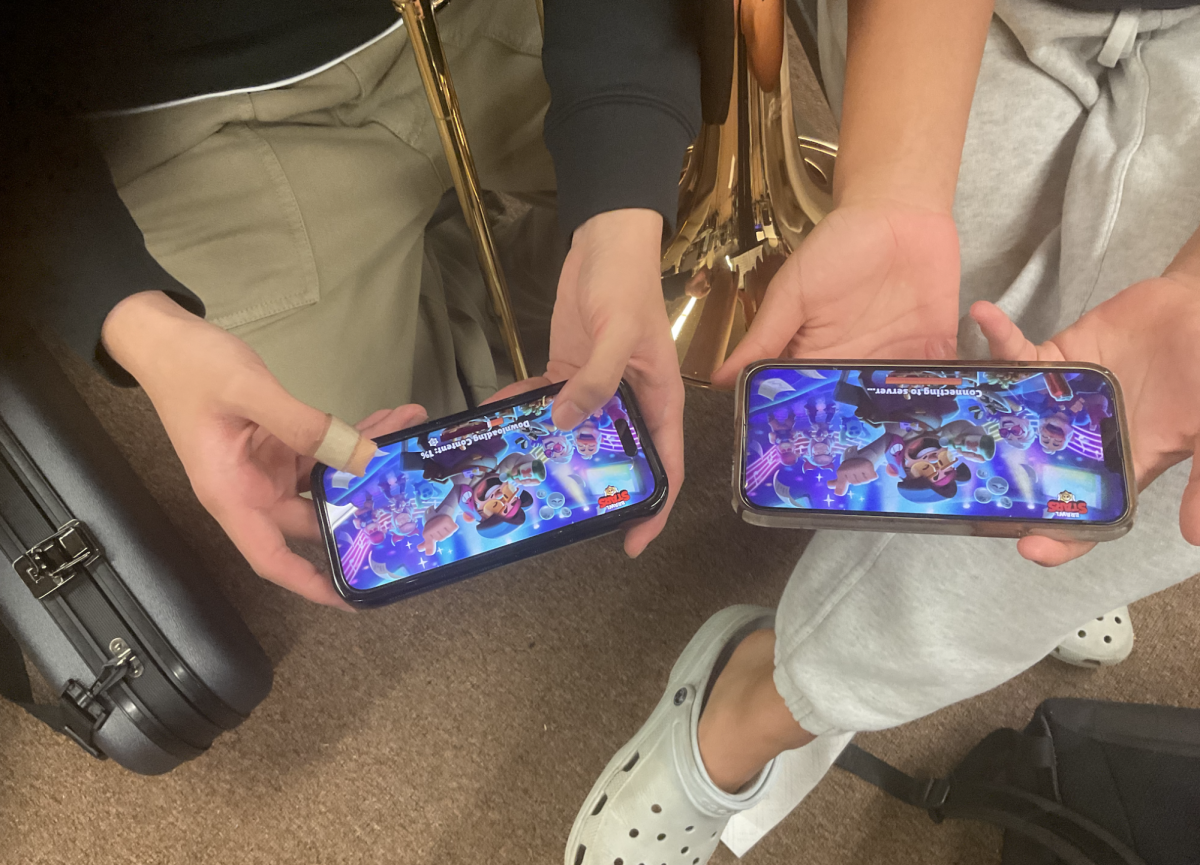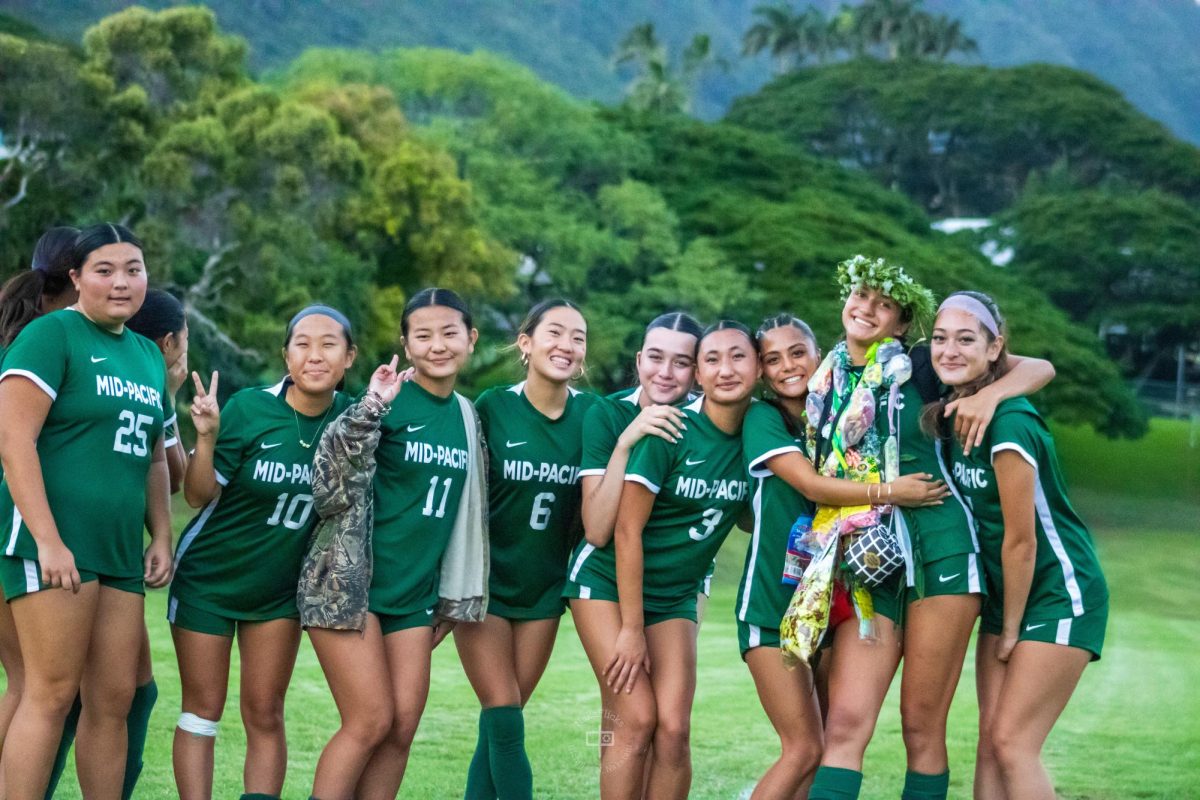A teacher can be a make-or-break component in the creation of a successful environment in a classroom, and their teaching style is often pivotal for how a student performs.
Success in the classroom is more than just high grades and smart students, and there’s more benefit to be taken from education than simply impressive report cards.
The relationships a student builds with their teacher and those around them is what makes a lasting impact.
“A good student-teacher relationship is important for both the student and the teacher, because that builds that drive to be there and have passion, which is really important for everyone involved because that’s what learning is all about– actually having that desire to learn,” Mid-Pacific junior Thomas Steward said.
Often, teachers who encourage open communication and collaboration create a sense of trust and comfortability in their students. Many students feel more inclined to participate and work hard if their teacher is someone they feel comfortable with.
“All of my best teachers have been really considerate and always open to help. I think that typically I feel most comfortable when they’re accepting and just very thorough in their explanations, and maybe lenient with some things. Having that sort of comfortability is really important for me,” Steward said.
Most teachers aim to create a safe space, both academically and personally, by fostering the ability for students to express themselves in the classroom without fear of judgment or failure.
However, many students still experience stress and fear of making a mistake that they are shamed for. Having a teacher who eases that anxiety can make all the difference in a student’s experience.
“I think I create safety by encouraging or sort of destigmatizing uncertainty and confusion and failure. I want students to know that those things are normal and that growth involves struggle,” Kyle Malashewski, Language Arts department head said.
This is a belief many educators echo.
“Establishing that relationship early on reminds people that we’re all human, whether we do good or bad. If we make mistakes, you know that most times it’s not intentional,” history teacher Ryan Darnell said.
Some students feel that one of the most important aspects of a learning environment is not feeling insignificant to their teachers, in and outside of the classroom. Teachers who make an effort to know their students personally are often favored.
“In the beginning of the year, I give surveys and I read through them to see what sports you play, if you’re in MPSA, and then try to look for opportunities to go to a play or go to a sporting event. I think that makes all the difference in that it does show students that we teachers are invested in you as well,” Darnell said.
The balance between a friendly relationship and a strictly academic relationship can be hard to maintain, and the exact equilibrium of the two differs for every student and teacher.
“I think it’s really about that balance between them being able to teach and fulfilling their responsibilities, but also being lenient,” Steward said. “They have to make sure that they enforce those policies of ‘get your work done first, and then you can do what you want later.’”



